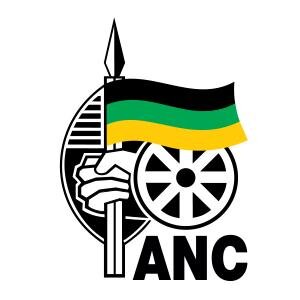Unequal education: apartheid's legacy
The Europeans who colonized Africa generally viewed the natives as intellectually and morally inferior, and exploited the labor of the local populations. Thus it was no surprise that when, in the early 20th century, colonial governments instituted public education systems, the goal was to prepare young Africans to be compliant laborers. In Rhodesia (later Zimbabwe), for instance, the formal British education policy aimed to “develop a vast pool of cheap unskilled manual labor.” [1] The result was, in effect, two school systems: one appropriately subsidized, and the other chronically under-resourced.
In South Africa, the minority white population retained control of the government when the then-Union of South Africa gained full independence from the United Kingdom in 1931. At the time, the education system was segregated and unequal. As one history recounted, “While white schooling was free, compulsory and expanding, black education was sorely neglected. Underfunding and an urban influx led to gravely insufficient schooling facilities, teachers and educational materials as well as student absenteeism or non-enrollment.” [2]
In 1948, 90 percent of the few black South Africans who went to school attended mission schools that were answerable to the country’s provincial governments. That year, the Afrikaner-dominated National Party won control of the white government and instituted the infamous apartheid system. Under apartheid, the government forced everyone to register her or his race and further restricted where nonwhites could live and work. It also established separate public amenities for whites and nonwhites similar to the US South during segregation. Education was a key component of apartheid, and the Bantu Education Act of 1953 centralized black South African education and brought it under the control of the national government. [3] The public schools that replaced the mission schools were funded via a tax paid by black South Africans; the monies raised were inadequate to maintain the schools properly. In 1961, just 10 percent of black teachers had graduated from high school. By 1967, the student-teacher ratio had risen to 58 to 1. [4]
Soweto. In June 1976, high school students in Soweto, a black township on the southwest side of Johannesburg, organized a mass protest against unequal education. On June 16, thousands of students marched through the streets on their way to a rally at a stadium. The South African police broke up the march using dogs, batons, tear gas and, ultimately, gunfire. The police action and ensuing confrontations with the police left hundreds of students dead and more than a thousand injured. [5] The events of the day sparked a nationwide uprising, made Soweto an emblem of the anti-apartheid movement, put the apartheid education system in the spotlight, and cemented the role of students in the nation’s political struggle.
Nearly two decades later, on April 27, 1994, the African National Congress (ANC) won South Africa’s first democratic election, ending apartheid and the era of white minority rule. The country’s new constitution declared that all children had the right to a basic education. But overcoming apartheid’s legacy of severe educational inequality was a monumental task. In the first years after the constitution’s adoption, formerly nonwhite schools, meaning black, colored and Indian, graduated far fewer students than formerly white schools. Formerly black schools, which remained nearly 100 percent black, had abysmal matriculation rates.
As of 2000, 10 percent of formerly black schools graduated fewer than 20 percent of their students, 35 percent graduated 20-39 percent, 32 percent graduated 40-59 percent, 16 percent graduated 60-79 percent, and just 7 percent graduated 80-100 percent of their students. In contrast, 2 percent of formerly white schools graduated 60-79 percent of their students, and 98 percent graduated 80-100 percent. [6]
[1] Dickson A. Mungazi, Colonial education for Africans: George Stark's policy in Zimbabwe , New York: Praeger, 1991.
[2] Bantu Education Policy , South African History Online. See http://www.sahistory.org.za/topic/bantu-education-policy
[3] Ibid.
[4] Ibid.
[5] South African History Online lists 383 names as casualties of the uprising. See: http://www.sahistory.org.za/topic/june-16-soweto-youth-uprising?page=8
[6] Servaas van der Berg, “Apartheid’s Enduring Legacy: Inequalities in Education,” Journal of African Economies , Volume 16, Number 5, published online August 2, 2007, pp. 849–880.
